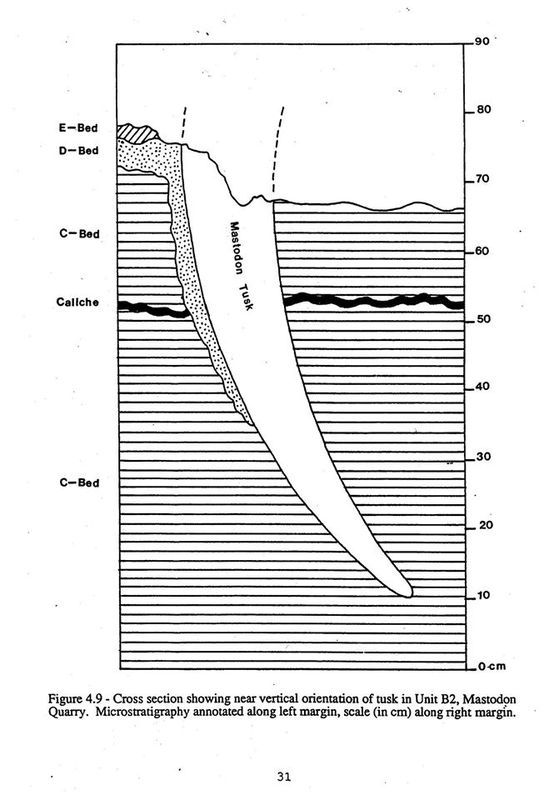Shawomet -- thanks for the reviews. Checked out the buzzfeed site and came across this person's complaint, an archaeologist who cited Haynes' complaint. I just responded to her. As a matter of clarity I would like to post her post along with my comment. It might clear some things up. It is not so much that a bulldozer cannot produce spiral fractures, but if it was the culprit, then it would have had to have broken the bones when they were green. It is not so much a sign of human versus machine here, but the state of the bone when fractured, like you said.
Becca Sager:
"Archaeologist here. The bones were found by a bulldozer. You really don't think that could be a factor for the fractures and "displaced" bones? Especially as we know the spiral fractures they found absolutely 100% can be caused by heavy machinery. Without real evidence (and they are very short on that even in their own paper), this may as well be a fairy tale.:
CH: "As an archaeologist, you are of the opinion that green bone spiral fractures and fossilized/mineralized bone fractures are indistinguishable? That a bone smashed when it is still fresh fractures the same way when it becomes mineralized? Really? And you are a professional archaeologist who has explored this personally? Haynes is off his rocker if that is what he is saying. All you need to do is actual experimentation to find a fuckload of difference between the two fracture types. do your homework. look for yourself.
btw, the initial bone discovered by "the bulldozer" was very small in appearance, confusing the monitor when he first saw it. He heard it first, of course, since the scraping sound of fossil bone is quite different from Bulldozer on mudstone. It was circular, round, and then he saw that it was probably a tusk, but if it was a tusk then that meant it was positioned vertically. Digging a profile, they found that the tusk cut through three vertical strata.
ergo, when it was buried, it was sticking up vertically like a pole. What could do that in nature? That's why they called it an anomaly.
So to get back to your original issue, the point is that spiral fracture happens only with green, fresh bone. A bulldozer would have had to have to run over a fresh bone or carcass to produce the spiral fractures -- that's the point. It is not the point that a bulldozer could produce spiral fractures on green bone. It is the point that IF a bulldozer runs over mineralized bones a 100,000 years later, it will NOT PRODUCE those spiral fractures. If a human bashed on mineralized bone, it will not produce those spiral fractures, either. The Point: the fractures had to have been made when the bone was green.
So, now I put the question back to you: Are you arguing that there were bulldozers running around 100,000 years ago when the mastodon's bones were still fresh? Now that's a fairy tale.

Let the pettifogging begin.


